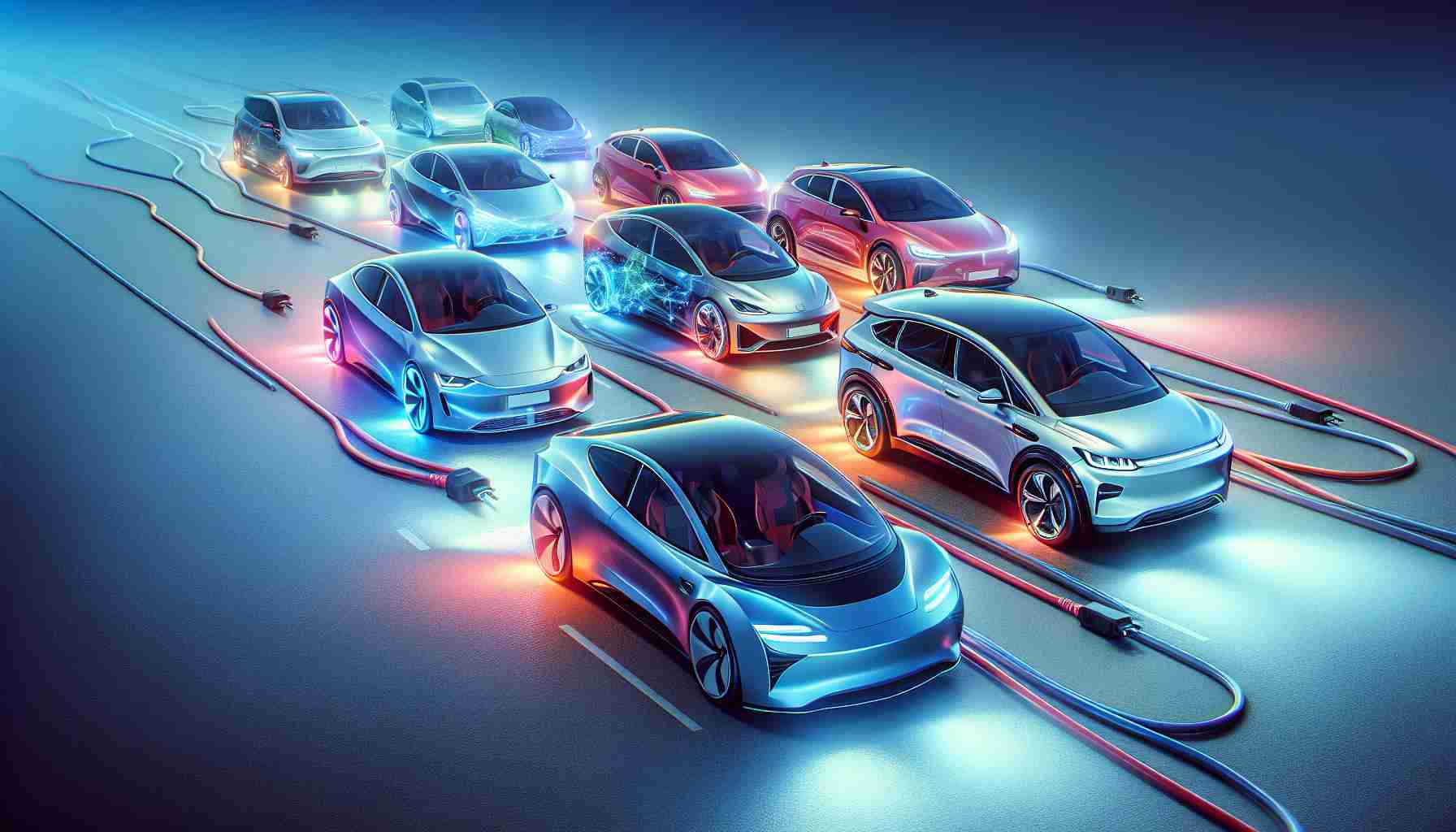Rivian Adopts Android Automotive for Enhanced EV Software Experience
The electric vehicle industry is witnessing an enthusiastic adoption of Google’s Android Automotive, with Rivian, the American electric vehicle automaker, joining the fray. This collaboration was unveiled by Rivian and Google, underscoring Rivian’s strategic direction towards an Android-powered future tailored for its electric vehicles.
The Rivian R1T and R1S, already navigating the roads, as well as the forthcoming R2 and R3 models, are all infused with their unique operating system that, at its heart, hosts Android Automotive. This core platform intricately manages the features throughout Rivian’s EV lineup, albeit through a distinct interface crafted specifically for Rivian’s ecosystem.
Differentiating Android Automotive and Android Auto
In clarifying the association between Rivian’s system and Google’s technology, it was highlighted that the integration of Android Automotive does not equate to compatibility with Android Auto. This stresses Rivian’s commitment to delivering a proprietary user experience, developed internally, that leverages integrated software and native applications tailored for Rivian owners.
Customization Over Google Services
Google designed Android Automotive for the vehicle’s infotainment systems, paving the way for carmakers to personalize it extensively. Rivian has charted its own route by electing not to embed Google’s suite of services in its platform, rendering a unique twist to the base OS. Despite that, Rivian vehicles will soon enjoy the addition of Google Cast and Youtube, as announced at the recent Google I/O event.
Future Prospects for Rivian with Android Automotive
The integration of Cast and YouTube is a glimpse into potential expansions in Rivian’s software capabilities. Rivian’s decision to leverage Android Automotive without Google services hints at a future where customization could welcome even more Android applications into its vehicular environment, enhancing the in-car experience of its users.
As the synergy between Rivian’s engineering prowess and Android’s scalable platform evolves, customers can anticipate a blend of Rivian’s innovation with the broadening possibilities that Android Automotive applications can offer.
Important Questions and Answers:
What is Android Automotive?
Android Automotive is an operating system and platform designed by Google specifically for car infotainment systems. It’s different from Android Auto, which is an app that runs on a user’s phone and projects the phone’s interface onto the car’s infotainment system. Android Automotive, by contrast, is built directly into the car’s hardware.
Why did Rivian choose not to include Google services in its initial Android Automotive integration?
Rivian aims to create a unique user experience tailored to its vehicles and customers. By not pre-installing Google services, Rivian maintains more control over the applications and features it offers and ensures they can be customized to align with the company’s brand and customer expectations.
Will Rivian vehicles be able to run Android apps?
Although Rivian has chosen to customize its platform and initially not include Google’s suite of services, the announcement at the recent Google I/O event about the addition of Google Cast and YouTube suggests that Rivian’s platform will have the capability to integrate more Android applications in the future.
Key Challenges and Controversies:
A challenge for Rivian may come in convincing users accustomed to Google’s ecosystem services that its proprietary system offers comparable or superior value. Furthermore, the automotive software landscape is competitive and rapidly evolving, which requires constant innovation and updates to meet customer expectations and security standards.
Advantages and Disadvantages:
Advantages:
1. Customization: Rivian’s choice to use Android Automotive as a core allows for deep customization attuned to its brand and customer experience.
2. Future flexibility: Rivian’s system can potentially integrate additional Android apps in the future, offering flexibility and scalability.
3. Up-to-date software: Leveraging Android Automotive can help Rivian maintain a modern, feature-rich infotainment system through regular updates.
Disadvantages:
1. Learning curve: Customers may need to become accustomed to Rivian’s custom interface rather than the familiar Google services interface.
2. App limitations: Choosing not to pre-install Google services may initially limit the range of apps available to Rivian drivers, including popular navigation and music streaming apps.
3. Integration challenges: Custom systems might face more significant challenges with integration and compatibility with third-party apps compared to systems fully supported by Google services.
Related information about Android Automotive can be found through Google’s official domain here: google.com (Please note that as an AI, I do not have browsing capabilities, and this link directs to Google’s main page, not necessarily a specific Android Automotive page.)
For more information on Rivian, please visit their official website at rivian.com.
The source of the article is from the blog radiohotmusic.it
